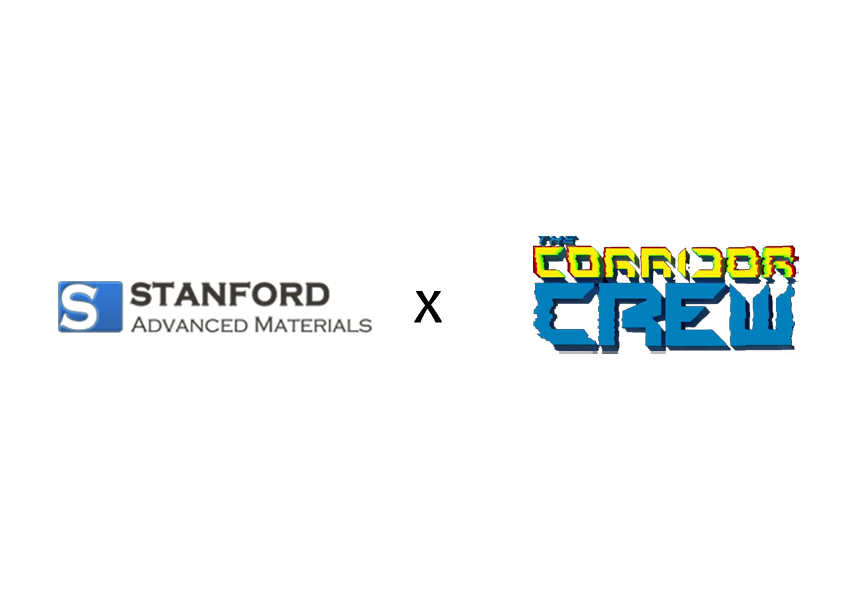China's Rising Forte: Graphene
China has become the world’s leading developer of graphene and the most active in developing commercial graphene-based applications. The Chinese government has encouraged more provinces and cities, including Qingdao, Wuxi, Ningbo, Shenzhen, and Chongqing, to step up efforts in designing the graphene industry as a characteristic and strategically leading sector. The goal is to pioneer graphene-related technological innovations and applications, solidifying China's position at the forefront of this cutting-edge material.
Industrial Advancements and Mass Production
In 2013, a graphene industrial park in southwest China's Chongqing Municipality initiated the mass production of single-layer graphene sheets with an annual capacity of one million square meters. This facility primarily focuses on producing graphene for touch screens and other flexible displays, marking a significant milestone in the industrial application of graphene. The rapid scaling up of production capabilities underscores China's commitment to maintaining its leadership in this sector.
Moreover, the establishment of specialized industrial parks dedicated to graphene research and production in multiple cities showcases the concerted efforts across various regions. These parks not only facilitate large-scale manufacturing but also foster innovation by providing a collaborative environment for scientists and engineers.
Consumer Electronics Breakthrough
Recently, Chinese smartphone maker AWIT INC sold out its first batch of 2000 units of the graphene-smartphone AWIT AT26, priced at CNY 799. This milestone not only highlights the progress of China’s graphene industry but also signals the emergence of graphene-based consumer electronics. The success of the AWIT AT26 suggests a promising future for graphene in the consumer goods market, with more products expected to be introduced later this year.
Graphene's superior electrical conductivity and flexibility make it an ideal material for next-generation electronics. Beyond smartphones, graphene is being integrated into various consumer electronics such as wearables, tablets, and laptops. These advancements are paving the way for more durable and energy-efficient devices, which could revolutionize the electronics industry.
Expanding Applications and Lowered Costs
Several enterprises have started to concentrate their efforts on practical applications of graphene. Despite being in the early stages, graphene's potential as a revolutionary material has led China to adopt measures that significantly lower production costs. This economic feasibility is encouraging more industries to explore graphene's use, particularly in energy storage and environmental technologies.
In the energy sector, graphene-based batteries and supercapacitors are being developed to offer higher storage capacities and faster charging times compared to traditional options. In environmental applications, graphene's exceptional filtration properties are being harnessed to create advanced water purification systems that can remove contaminants more effectively and efficiently.
The reduction in production costs has also enabled the exploration of graphene in the medical field. Research is ongoing into graphene's use in drug delivery systems and biosensors, which could lead to significant advancements in personalized medicine and early disease detection.
Graphene in Everyday Life
Beyond touch screens and smartphones, graphene is making its way into everyday life. For example, graphene-enhanced batteries are being developed for longer life cycles and faster charging times. Additionally, graphene’s exceptional properties are being utilized in water filtration systems and as a component in strong, lightweight materials for sports equipment and automotive parts.
In the automotive industry, graphene composites are being used to create lighter and stronger vehicle parts, which can improve fuel efficiency and safety. Sports equipment manufacturers are incorporating graphene to produce more durable and high-performance gear, enhancing athletic performance and reducing the risk of injury.
Stanford Advanced Materials (SAM) and Graphene
Stanford Advanced Materials (SAM) has been supplying high-quality graphene to support these innovations. Their materials are used in various research and industrial applications, contributing to the advancements in graphene technology without making the article overly promotional.
Conclusion
China’s strategic investments and policy support have positioned it as a global leader in graphene technology. With ongoing research and industrial collaboration, China is set to realize the full potential of graphene. As production costs continue to decline and applications expand, graphene’s impact on various industries will likely be profound, cementing China's role as a pivotal player in technological advancements.
By staying at the forefront of graphene research and commercialization, China not only boosts its own technological capabilities but also contributes significantly to the global development of this transformative material.
Call to Action
Stay updated on the latest developments in graphene technology and explore the potential applications that could revolutionize industries. For more information and updates, visit Stanford Advanced Materials (SAM) and subscribe to our newsletter.



